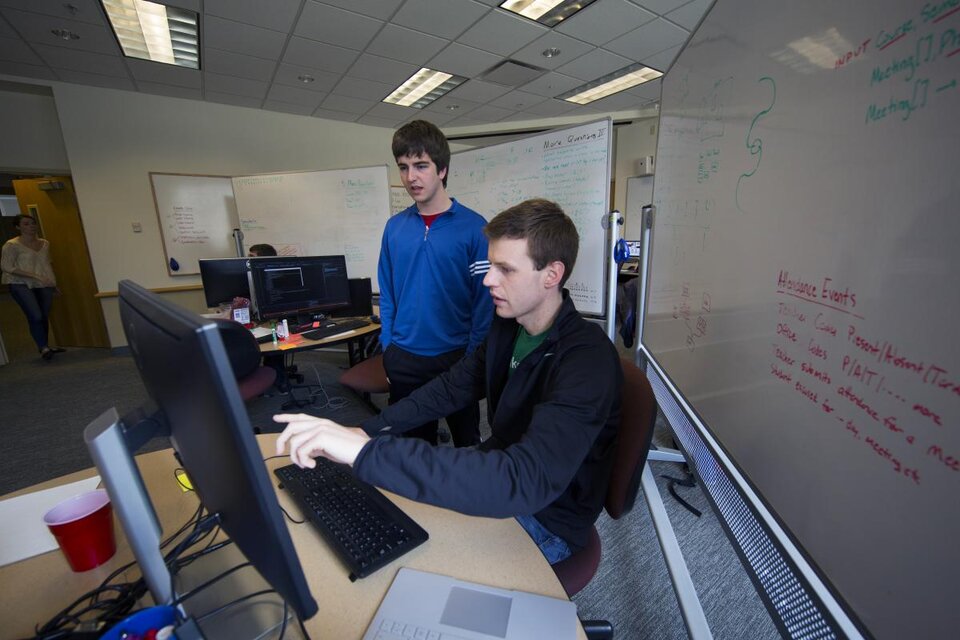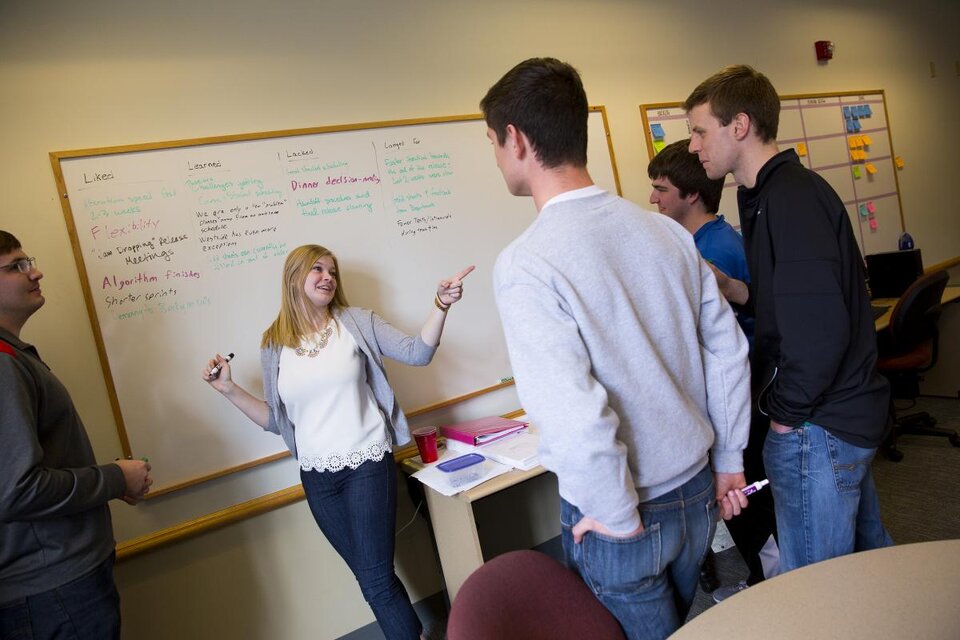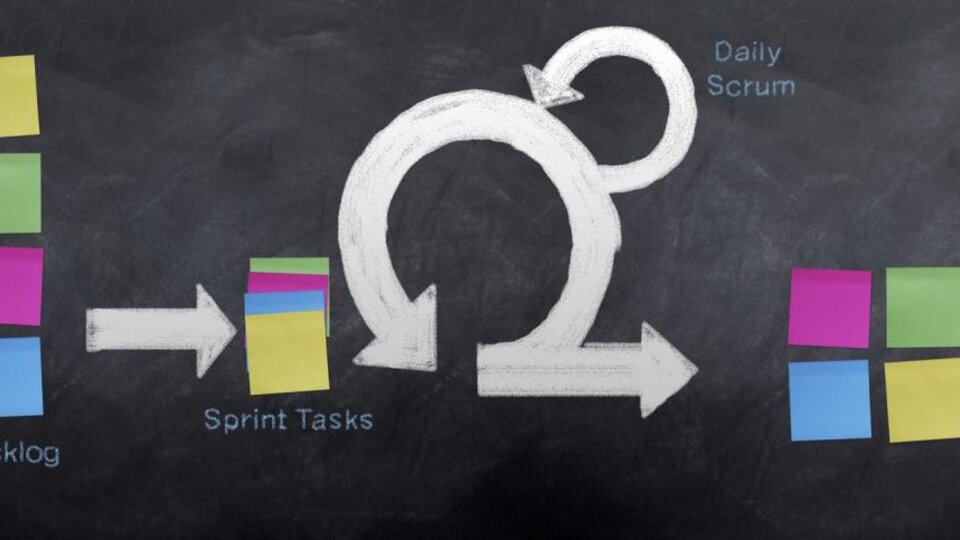Solution-Oriented Development
In Design Studio, we integrate agile engineering processes, lean business development, and interdisciplinary design thinking into an iterative process for problem solving and product development. Our iterative development methodologies lead to the development of robust software products that address real problems and provide elegant, human-centered, solutions. Throughout the process, Design Studio teams are mentored by industry professionals from the community, helping teams more effectively communicate, overcome technical challenges, and drive innovation for their partners.
Our process allows us to work with a range of technologies and platforms; in Design Studio it is always about solving the problem and never about using a preferred technology. By focusing on solution-oriented development, our teams are able leverage any technology necessary to provide the right solution for a problem. Design Studio teams have completed projects and are comfortable using:
- Microsoft .NET (C#, ASP.NET MVC, Entity Framework, and Web API)
- Java EE (Glassfish, JAX-RS, JPA/Hibernate, Java Server Faces, and Enterprise Java Beans)
- Native mobile development frameworks (iOS, Android, Windows Phone)
- Open Web technologies (JQuery, Twitter Bootstrap, Backbone, Knockout, Angular, HTML5)
- Databases technologies (MySQL, MongoDB, SQL Server)
- Cloud platforms (Windows Azure, Amazon Web Services, Heroku, Parse)
- Scripting technologies (Python, Ruby on Rails, Node.js)
- Various development tools and reporting frameworks

Coordinated Release Schedule
Teams in Design Studio focus development efforts around a release schedule that is coordinated across each of the teams; everyone in Design Studio is working towards common and measurable goals and sharing success. During the 2-semester Design Studio project year, teams will delivery results of their work to project sponsors 6 times. By working towards milestones that are aligned with release points, teams are focused on prioritization based on demonstrable progress that is user and not technology focused. At each release point, sponsors have something that they can get in front of stakeholders to actually use, resulting in valuable feedback that the teams can incorporate into subsequent releases.
Agile Teams
In Design Studio, student teams self select. During the summer, faculty assign a team Product Manager and Development Manager who work with the project sponsor to develop a scope of work. In the first week of September, the team leads will select their team members in a draft-style team selection process; creating buy-in across the entire team. Teams will then begin development sprints leading to 3 product releases each semester; in early October, early November, mid December, early February, mid March, and late April. Final hand off of the product will take place after a +1 iteration in early May. Between releases teams work in 2 week sprints and meet weekly with project stakeholders to make sure that the right people are involved and that there is full transparency to the process. The two the three sprint release-cycle helps to ensure that students are focused, stakeholders are involved, and projects remain on track.

Here’s the bottom line. Software is the magic that’s going to change the world. It’s going to change every single industry. It’s the giant lever. Software is the biggest extension of human thought ever. If you think in terms of improving the productivity and enhancing the equality of life of humans on the planet... software is the biggest extension of human capability ever over anything else.
- Doug Burgum, Governor of North Dakota
